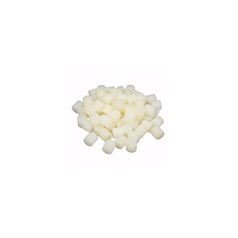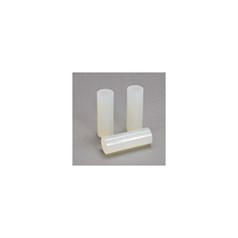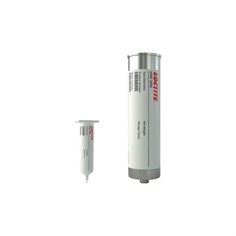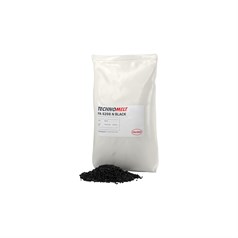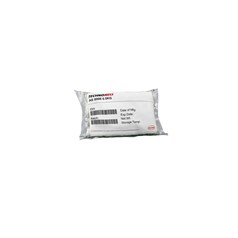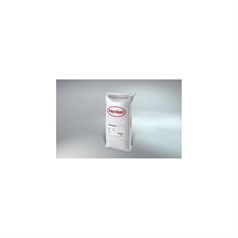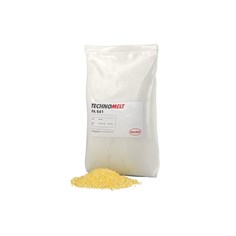Hot Melt Adhesives
Hot melt adhesives are a type of adhesive based on thermoplastic resins and activated by heat. They are commonly used in bonding tasks that require a quick set time, such as packaging and assembly line work. Hot melts can be applied to a wide range of materials, including metals, plastics, and glass. Hot melts are available in many different formulations to suit various applications. They can be dispensed in a variety of ways, most commonly through the use of a glue gun. Hot melt adhesives usually solidify and achieve full adhesive strength a few seconds after application.
Conro offers a wide choice of hot melt adhesives from major manufacturers such as Henkel Technomelt.
Conro is an authorized distributor for Henkel.
Types of hot melt adhesives
The most common types of hot melt adhesives are made from materials such as polyolefins, polyamides, SBC and EVA.
- Polyolefin. Polyolefin-based hot melts are the most popular type of hot melt adhesive. They are characterized by their high strength and versatility.
- Polyamide. Polyamide-based hot melts offer high strength and heat resistance, making them ideal for use in high temperature applications.
- SBC. SBC-based hot melts are made from styrene block copolymers. They provide good low temperature flexibility, high elongation and improved heat resistance.
- EVA. EVA-based hot melts are made from ethylene vinyl acetate copolymer. EVA-based adhesives offer good heat resistance and flexibility.
These thermoplastics are often blended with other raw materials, including resins, waxes, oils and antioxidants, to improve their adhesive performance.
Advantages and disadvantages of hot melt adhesives
Hot melt adhesives have a number of benefits that make them ideal for use in a variety of industries. They have a high bonding strength, are quick and easy to apply, and are very versatile. Additionally, hot melt adhesives are safe to use and have a long shelf life.
There are also some drawbacks to using hot melts. One of the main disadvantages is that, since they set quickly, they leave little time for adjustment of bonded parts. Hot melt adhesives can also be difficult to remove if they are applied incorrectly. In addition, some thermoplastics may provide insufficient heat resistance.




